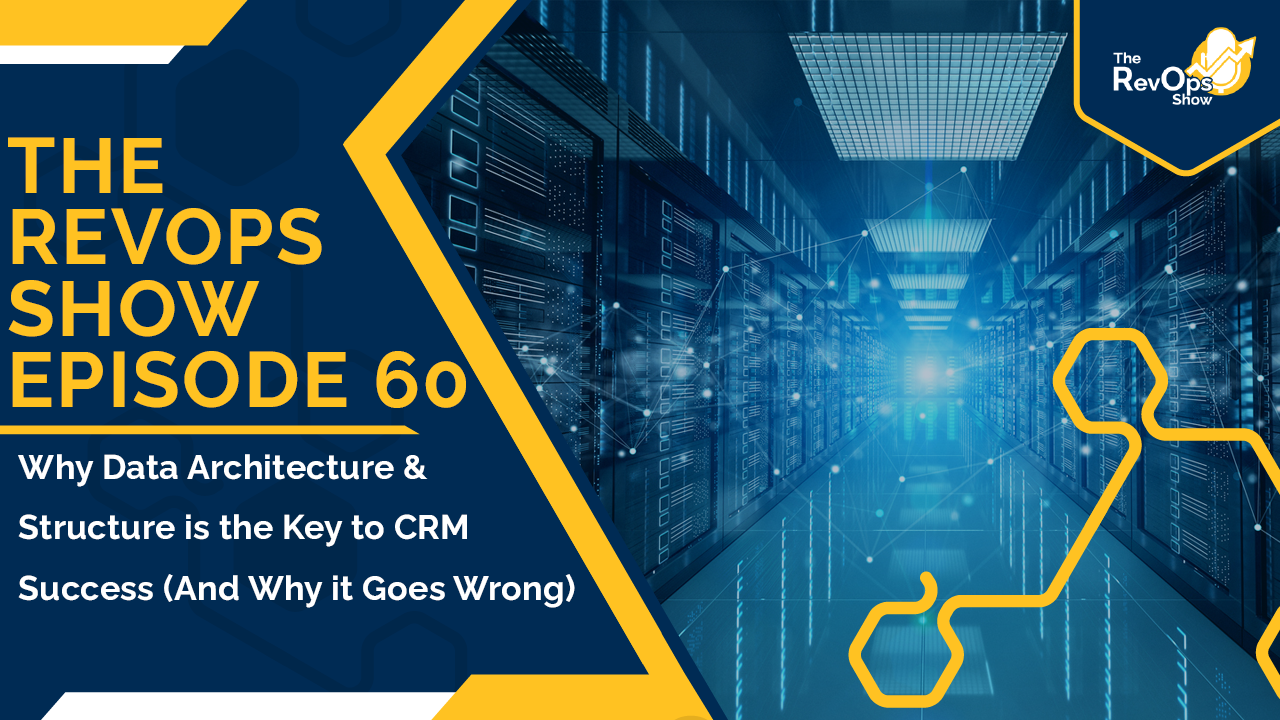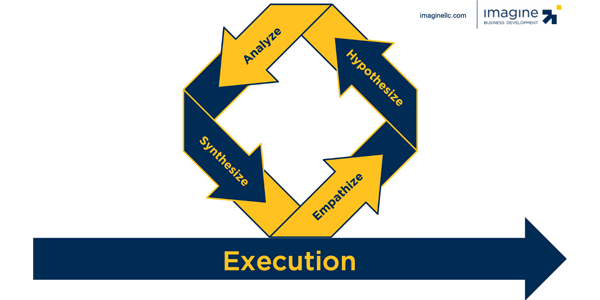Thank you to all our listeners for tuning into each episode and letting us have fun every week with the show. We aren’t going anywhere, but we’ve reached episode 60 and thought we’d let you know how much we appreciate you.
If you haven’t watched the video part of the show, the intro is worth it. The sheer look of surprise and confusion that Jess experiences with Doug’s intro is priceless.
Life has recently been like a spinning top; a whirling dervish as Doug says.
About a year or so ago our team at Lift started growing and we started to talk about forming, storming, norming and performing. Doug would always get the question of whether we were in the storming phase, and it is safe to say that we’ve entered the storming phase.
A while ago Doug told Jess we were building a machine designed for greater velocity which ties into our actual topic today. Yes, this is the first time we’ve connected our opening to the topic - I’m very proud. Today Doug and Jess are getting into data structure and architecture and the right approach to defining it. The reason why? Because we’ve had the experiences (from the earlier conversation) and have always had a focus on data structure.
Audio:
Video:

Additional Resources:
[Blog] What Is System Design & Why It's Crucial For Smart Growth
[RevOps Show] Episode 21: What is System Design & Why It's a Core Element of Strong Revenue Operations
[Blog] What it Means to be Data-Driven, How It's Different from Metrics & How to Apply it
Show Notes:
It’s easy to forget that everything is data. Companies will mention that they are data driven or data obsessed, but it’s more than that. It’s about the attention that we pay to both qualitative and quantitative data.
Doug lays it out there for us: An underpinning of the RevOps Show is CRM implementation. We don’t talk about CRM implementation all the time, but in a modern organization of any reasonable size with any attempt for growth, your CRM is your central nervous system. To anyone reading this - if you say you don’t have a CRM, you are wrong. Everyone has a CRM. If you use spreadsheets, Excel is your CRM.
Your CRM is your central nervous system. It translates thoughts into actions, and feeds back actions into thoughts. It’s responsible for mind, body connection.
Data architecture and data structure is the game.

~Mic Drop~
Can you describe our approach on how we look at data architecture and how that’s unique?
Doug’s recent mantra when talking about the CRM is that it’s not about the CRM. The first thing is our approach is around data structure and architecture. It’s not about data. It’s about the motion.
At Lift we live by a prime directive: the business process must drive the technology. It must drive the business motion. The database exists to serve the organization and the job. The job doesn’t exist to serve the data or the database. The first thing we have to do is understand:
- What is the job
- What are the emotions
- Who are the players
You may wear different hats and those hats may change, but you’re still the same person. You’re just a different entity; different mindset.
When you think about a contact, a contact is a person who is always the same. The data structure is we have a type called contacts. It might be a table, it might be an object. It might be a field or a property. When you’re talking about motions and players, you need to understand and identify at any given time who those players are.
Before we are even thinking about the database, before we think about what’s our entity relationship diagram, we have to determine what job is being supported. The answer from there will vary.
If you look at the real estate industry, they are asset centric. They don’t look at people because they’re dealing with properties. If you look at any CRM they usually contact or company based. The question becomes what is the right one for this industry to use? They both are. We did this by design. after dealing with frustration after frustration, we realized we needed to build the asset centricity into it. The reason we could do this was because we didn’t pay attention to the objects.
In anything we do we start off with asking what is the configuration? What’s our entity relationship diagram? As we match identities we start off with a lot and we work our way down. For example we’ll start with 117 entities and work our way down to 5. What we’re doing is pulling apart and stress testing. Fewer is better, simpler is more.
In a way you have to balance flexibility and constraint. That balance will get you to data architecture and structure. Too often we think of data structure as what’s your ERD? Maybe your ERD gets the structure, but what about the architecture?
The biggest learning Jess has had from working at Lift with sales teams and setting up databases is that you need to be able to embrace the variance within reason.

This is all about system design. With system design we start off with empathy, then we go to hypothesis, then we analyze and synthesize. When you talk about your data architecture, that’s the synthesis of the process. It sounds really complicated but it actually doesn’t take a long time. Doug would make the bet that it’s a higher value approach and you’ll get to your outcome far faster.
Jess’s Takeaways:
- It’s all about the business motions.
- Who are the players? What are the roles as you’re starting to map things out.
Next Steps:
-
Follow Jess, Doug & Imagine on socials for updates on the show or other insights:
-
Doug Davidoff: Twitter - @dougdavidoff | LinkedIn
-
Jess Cardenas: Twitter - @JessDCardenas | LinkedIn
-
Imagine Business Development: Twitter - @DemandCreator | LinkedIn
-
-
Subscribe to the show on Spotify & Apple Podcasts
-
Check out Let's Play RevOps on Twitch for more commentary on this topic
